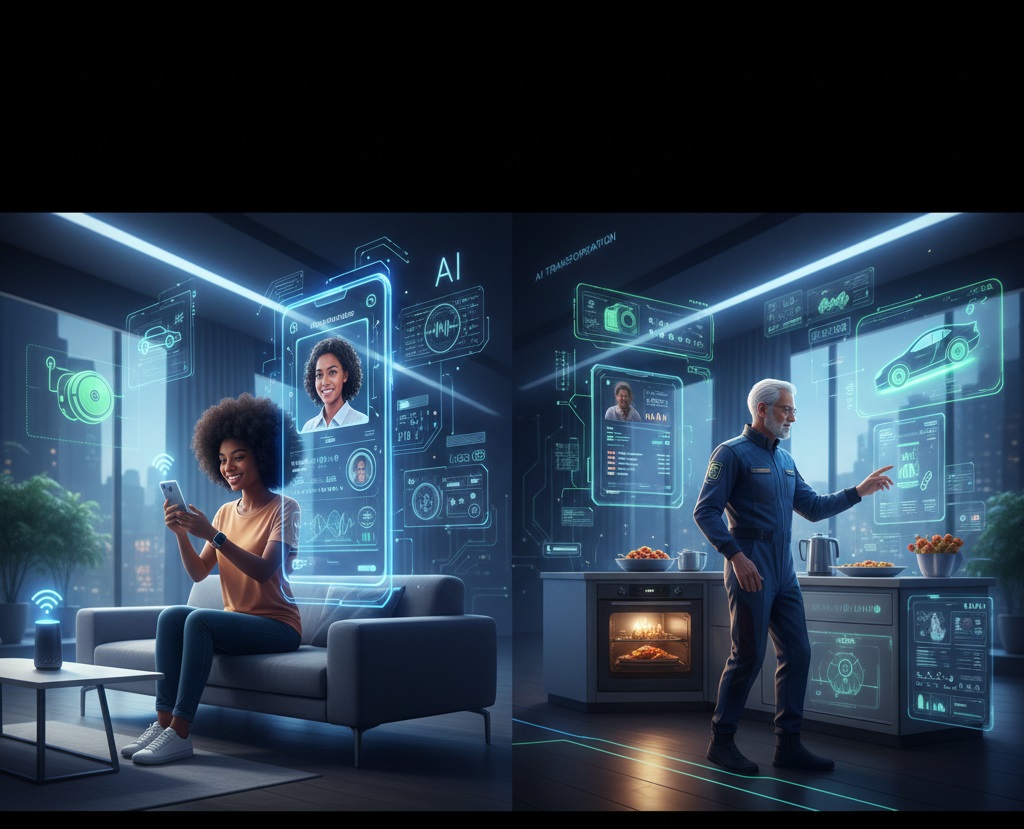How to Keep Your Tech Devices Clean, Safe, and Efficient
In the year 2025, our technological devices, which include anything from computers and smartphones to tablets and smart home gadgets, are an essential part of our days. Maintaining the cleanliness and safety of these gadgets is not just about aesthetics; it also has a direct influence on aspects like as performance, lifespan, and security. Ports may get clogged with dust, debris, and fingerprints, which can also limit the effectiveness of cooling and potentially create hardware problems over time. A similar situation may occur when software maintenance or security upgrades are neglected, which can cause devices to become slower, expose sensitive data, or result in unexpected crashes. With regular maintenance, your electronic devices will continue to be dependable, quick, and safe.
When it comes to protecting hardware, physical cleaning
Beginning with practices that are gentle and regular is the first step in maintaining the physical cleanliness of electronics. When wiping screens and surfaces, it is best to avoid using strong chemicals that might cause harm to coatings and instead use a microfiber cloth. Compressed air or soft brushes are effective methods for removing dust and dirt from keyboards, vents, and ports without exposing the components to the danger of internal damage. Protective covers and screen guards are beneficial for protectable electronic devices such as smartphones, tablets, and wearables because they prevent scratches and limit the collection of filth. By ensuring that fans and vents on desktops and laptops are clear of dust, cooling efficiency may be improved, which in turn helps to avoid overheating and preserve performance.
Maintenance of Batteries and Charging Routines
A device’s efficiency is directly proportional to the health of its battery. Try to avoid leaving the batteries entirely depleted or being plugged in at full capacity for extended periods of time. It is possible to limit the amount of stress placed on the battery and extend its longevity by keeping the charge levels between about 20% and 80%. The use of original or high-quality chargers guarantees consistent power supply and protects against the possibility of harm. An further factor that contributes to the preservation of battery performance is the avoidance of high heat during charging or continuous heavy usage. As a result of these routines, constant efficiency is maintained without compromising the ease of using devices on a regular basis.
Maintenance and updates to the software and the system
It is similarly crucial to ensure that software is kept up to date. Performance enhancements, bug fixes, and security patches that safeguard your data are components that are regularly included in updates for operating systems and applications. In order to make computers work more quickly, it is helpful to periodically clear cache files, remove applications that are not being used, and monitor starting processes. When it comes to mobile devices like smartphones and tablets, regulating the activity of apps in the background helps to preserve processing power and battery life. Additionally, doing frequent backups ensures that essential data is safeguarded in the event that the system fails.
Measures to Ensure Safety
The maintenance of both hardware and software is not the only aspect of safety. Protecting devices against malware, phishing, and illegal access may be accomplished by using passwords that are both strong and unique, activating two-factor authentication, and maintaining an up-to-date antivirus or security software update. Avoid installing applications from sources that cannot be confirmed, and use caution while using public Wi-Fi networks. When you take these actions, you lower the likelihood of data breaches and ensure that your devices continue to function reliably.
Management of storage capabilities and enhancement of performance
In addition, effective management of storage may improve the performance of the device. For the purpose of preventing slowdowns and maintaining responsiveness, it is possible to delete files that are not essential, organize data, and make use of cloud storage for documents that are only sometimes accessed. When it comes to computers, ensuring that they are operating smoothly by doing routine checks for malicious software, clearing temporary files, and optimizing disks. Through the elimination of unnecessary media and the management of app data, mobile devices may free up space, which in turn enables apps to function effectively and without latency.
The Care of Long-Term Devices
In order to ensure the devices’ longevity, it is important to keep them in secure and dry conditions, to prevent temperatures that are too high, and to treat the hardware with care. It is preferable to keep electronic gadgets shut off or in sleep mode while they are not being used, rather than keeping them running continuously. In order to guarantee that cables, ports, and connections are free from wear and corrosion, it is important to do routine inspections. These procedures assist gadgets retain their optimal performance over the course of years of usage and prevent harm that may have been avoided.
Remarks to Conclude
Consistent attention to both physical and digital maintenance is required in order to maintain the cleanliness, safety, and effectiveness of technological gadgets. You can prolong the lifetime of your electronic devices and improve their performance by cleaning them gently, maintaining appropriate battery habits, updating software on a regular basis, being aware of security concerns, and storing them in an orderly manner. By adhering to these routines, you can ensure that your electronic devices continue to be dependable, responsive, and safe. This will enable you to get the most possible benefit from the technology that supports your job, your studies, and your day-to-day life.








